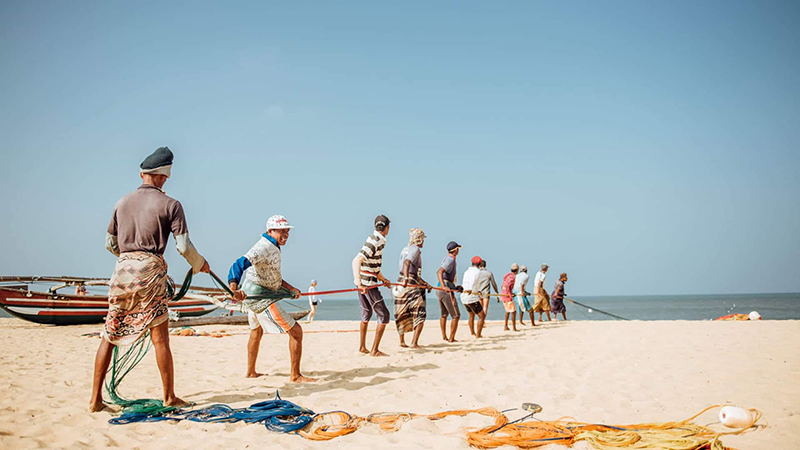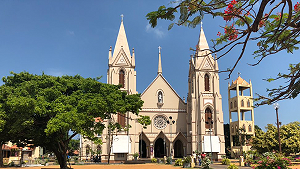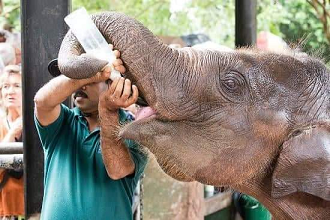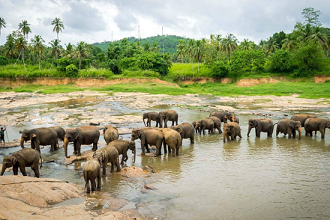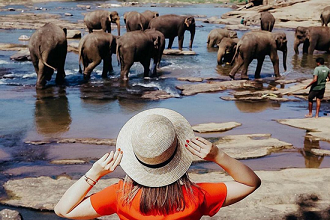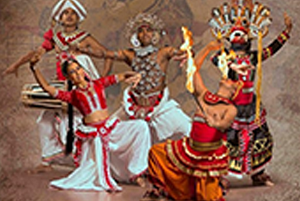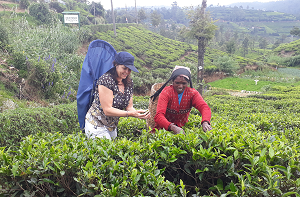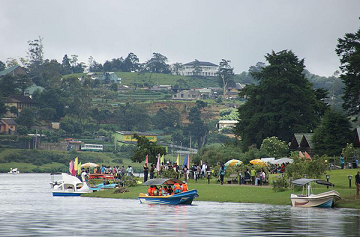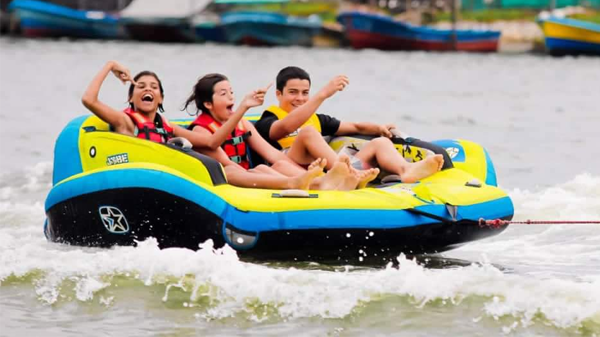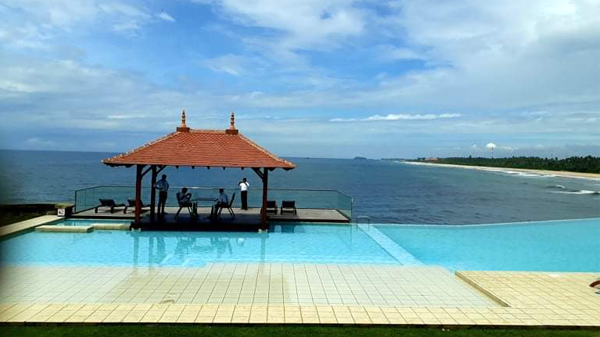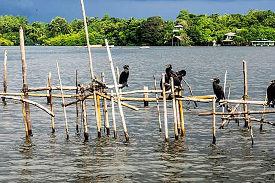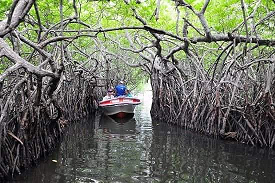Tea production is one of the main sources of foreign exchange for Sri Lanka. Sri Lanka is the world's fourth-largest producer of tea.The humidity, cool temperatures, and rainfall of the country's central highlands provide a climate that favors the production of high-quality tea. The industry was introduced to the country in 1867 by James Taylor, a British planter who arrived in 1852.Just step into a tea factory processing the prestigious brand of Ceylon Tea, to observe a rich tradition kept alive up to date. As you Observe the hissing and swishing of machines, inhaling the heavenly scent arising from these facilities, make sure to end your day in style over a perfectly blended cup of pure Ceylon Tea.
Nuwara Eliya is a city in the hill country of the Central Province, Sri Lanka. Its name means "city on the plain " or "city of light". The city is the administrative capital of Nuwara Eliya District, with a picturesque landscape and temperate climate. The elevation is 1868m(6128ft) above from the sea level. Then for it has a subtropical climate, The city attracts many tourists around the world. And as well as Srilankans, even during the colonial period of the british 19th 20th centuries. This was the plase were the British officers came for the recreational works. Such as play golf, cricket, hunting and many more. There for even today we can see witness many colonial buildings in the surrounding and the Nuwara Eliya referred as little England.
Bentota is a coastal town in Sri Lanka, located in the Galle District of the Southern Province, governed by an Urban Council. It is approximately 65 kilometres (40 mi) south of Colombo and 56 kilometres (35 mi) north of Galle. Bentota is situated on the southern bank of the Bentota River mouth, at an elevation of 3 metres (9.8 ft) above the sea level. The name of the town is derived from a mythical story which claims a demon named 'Bem' ruled the tota or river bank.
Balapitiya is a coastal town, in south west Sri Lanka. The most important asset of the fragile eco-system of Madu River is its mangrove forests. These mangrove forests are providing protection for a large number of aquatic bird, animal and plant species. The eco-system in Madu River is the home for different kinds of aquatic plants, crabs, shrimps, fish, insects, amphibians and other animal life including crocodiles. Madu River is inhabited by a large number of animals and its bio-diversity is at very high level. This ecological complex is a Ramsar wetland and it is the second largest wetland on the island. 28 islands (some of them are inhabited by humans) are included in the Madu River estuary. The extent of the Madu River wetland is 915 hectares and harbours multi-varied Bio-diversity Eco-systems. There is no road network connecting the island and mainland and the boat is the main source of transport for the people living on the islands. The Kotduwa Buddhist temple occupies an island and it is the main religious institution for the people, who live on Madu River. Kothduwa temple is an important tourist attraction and visited by many tourists, who undertake the Madu River safari. Madu River is one of the best places to witness the different types of mangroves in the country.
Transfer Form Colombo To Ariport For Departure


